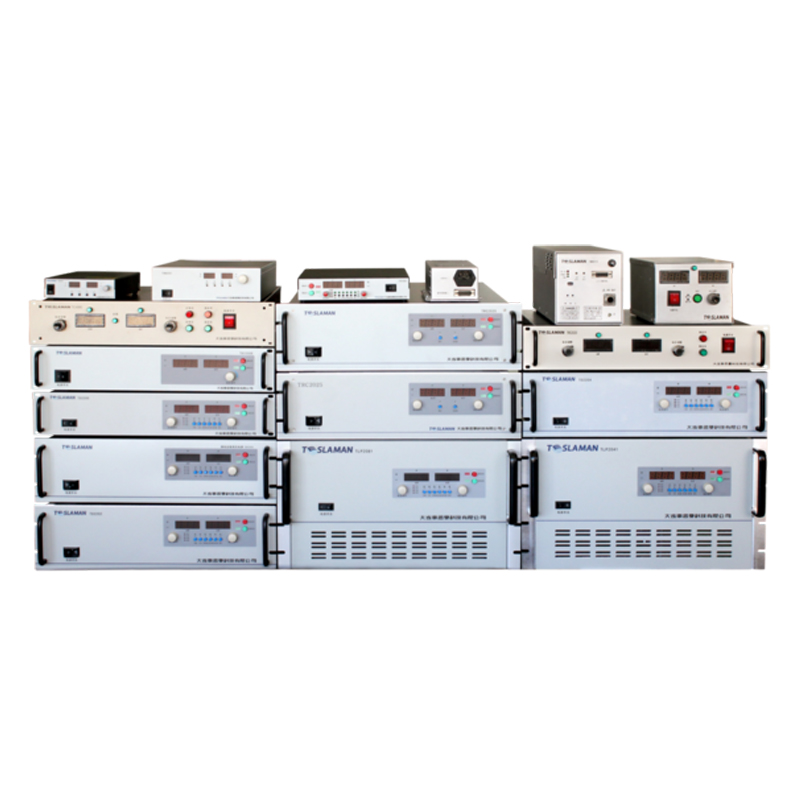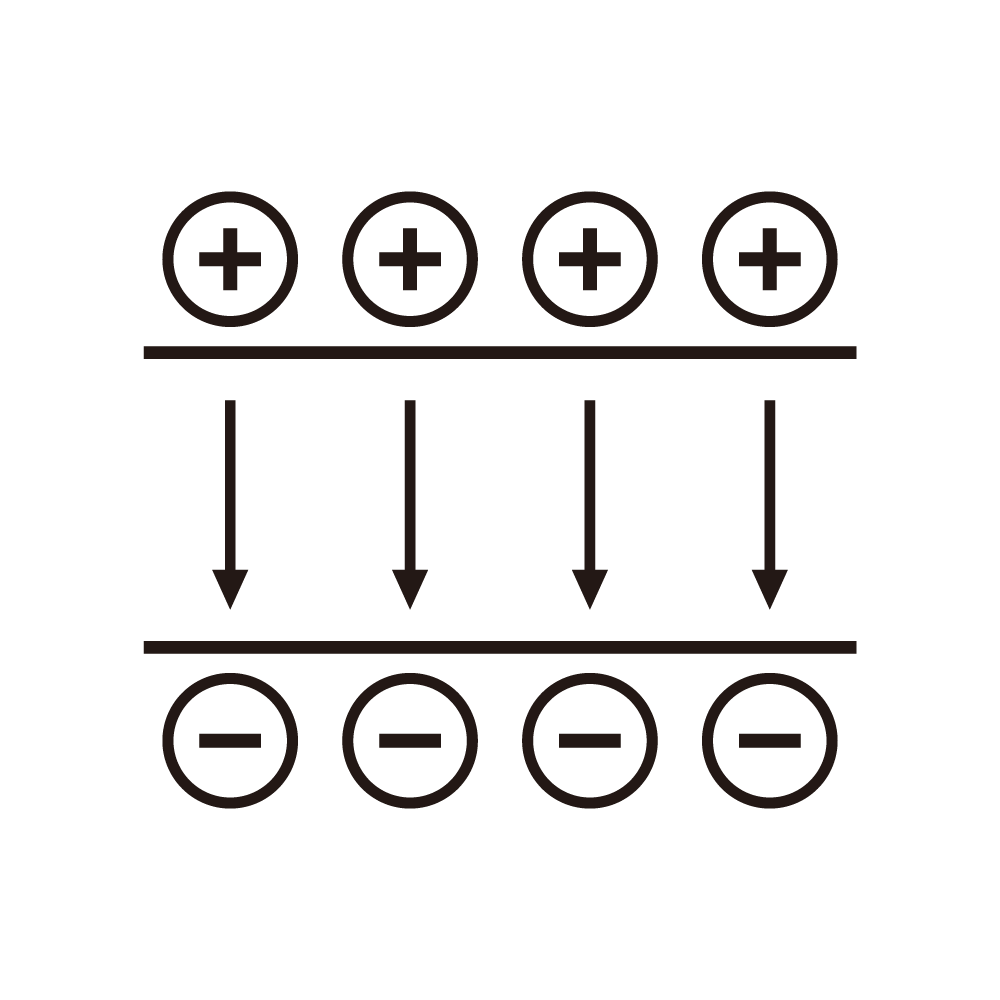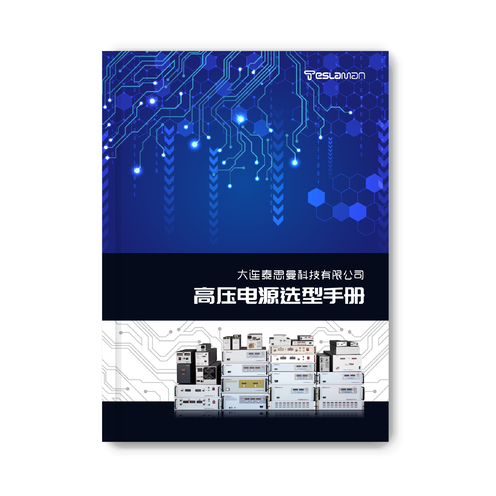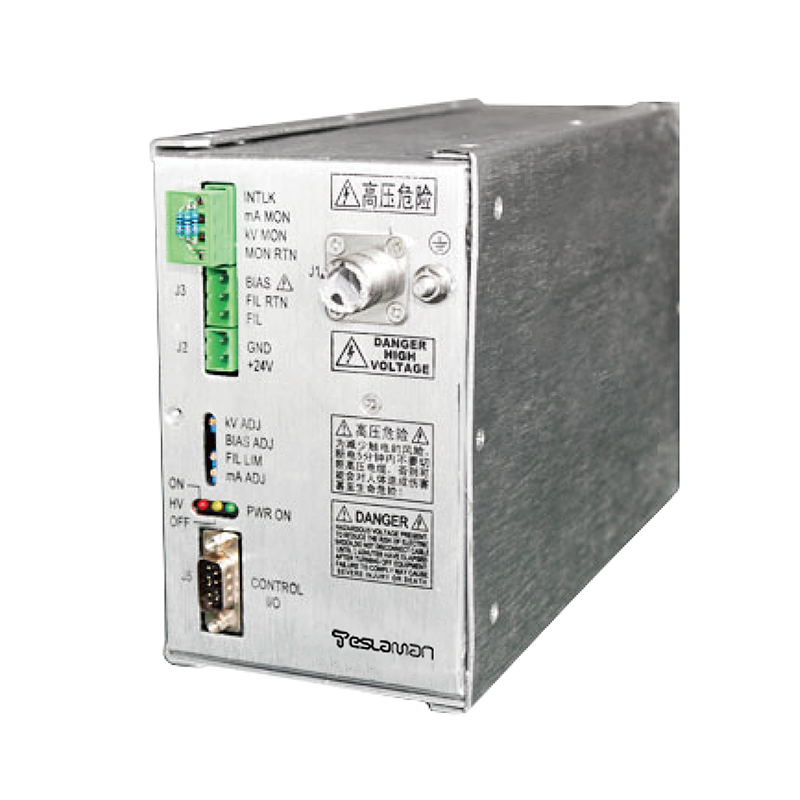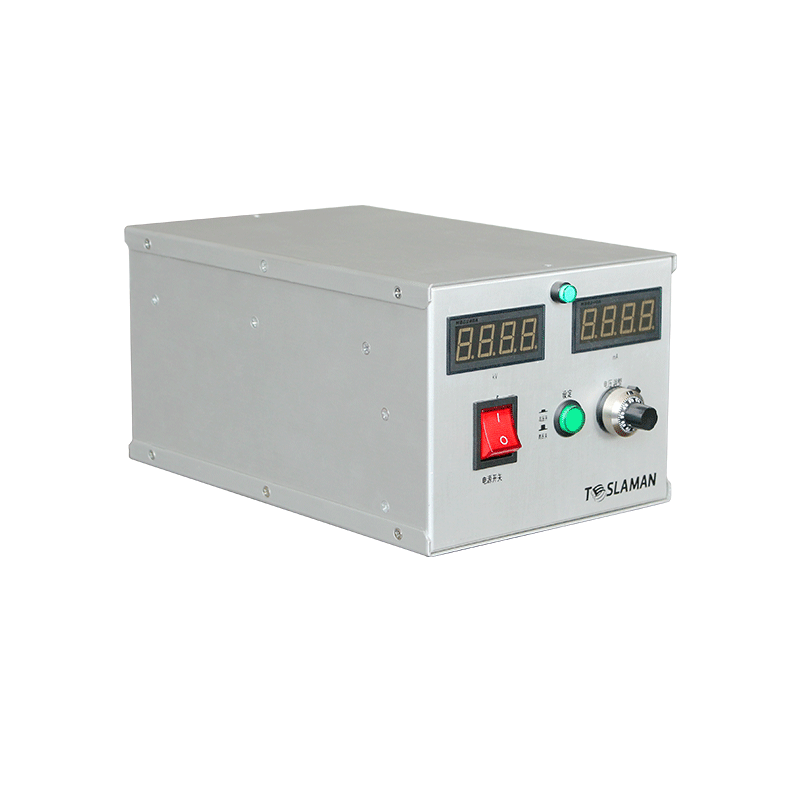Improving the Switching Efficiency of Polarity-Switchable High-Voltage Power Supplies
In many application scenarios relying on high-voltage power supplies, polarity-switchable high-voltage power supplies are highly favored due to their ability to flexibly change the output voltage polarity. From particle acceleration experiments in the scientific research field to electrostatic spraying processes in industrial production, such power supplies play a crucial role. Improving their switching efficiency is of great significance for optimizing the performance of the entire system, increasing work efficiency, and reducing energy consumption.
The switching efficiency of a power supply mainly refers to the time elapsed from issuing a switching command to the power supply outputting a stable target-polarity voltage. The switching process involves multiple complex steps, including the rapid discharge of the original output voltage, the recharging of energy storage components, and the reversal and adjustment of the voltage polarity. The delay in each step may lead to a decrease in the overall switching efficiency.
Optimizing the circuit topology is one of the important ways to improve the switching efficiency. The adoption of advanced multilevel converter topologies can effectively reduce the voltage stress and current surge during the switching process and accelerate the change speed of the voltage polarity. For example, by introducing power semiconductor devices with fast switching characteristics and reasonably designing their connection methods in the circuit, the on and off times of the switching elements during the switching process can be significantly shortened, thereby reducing energy consumption and improving the switching efficiency.
The improvement of the control strategy is also crucial for improving the switching efficiency. Traditional control methods may have problems such as slow response speed and low adjustment accuracy, making it difficult to meet the requirements of rapid switching. The use of modern intelligent control algorithms, such as fuzzy control and neural network control, can achieve precise and rapid control of the power supply switching process. These algorithms can dynamically adjust the control parameters according to the real-time working state of the power supply, predict and quickly respond to switching commands in advance, greatly shortening the switching time.
In addition, the rational design of the energy storage components of the power supply can also have a positive impact on the switching efficiency. Select high-performance capacitors and inductors as energy storage components and accurately calculate their parameters to ensure that energy can be quickly stored and released during the switching process, providing strong support for the rapid polarity switching of the output voltage. At the same time, optimizing the layout and heat dissipation design of the energy storage components can avoid performance degradation due to component overheating and further ensure the stability of the switching efficiency.
In practical applications, the switching efficiency can also be improved by adding a pre-switching link. Before formally switching the polarity, some pre-adjustment operations are first performed on the power supply, such as gradually reducing the amplitude of the original output voltage to put the power supply in a state that is more conducive to rapid switching. In this way, after receiving the switching command, the polarity can be switched more quickly, reducing the switching time.
In conclusion, improving the switching efficiency of polarity-switchable high-voltage power supplies is a comprehensive topic that requires efforts from multiple aspects such as circuit topology, control strategy, energy storage component design, and practical application optimization. Through continuous technological innovation and optimization improvements, such power supplies can exert greater advantages in various application scenarios and provide more efficient and reliable power support for the development of related fields.
